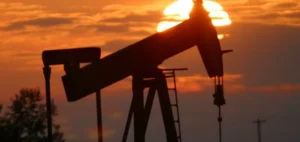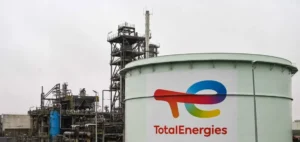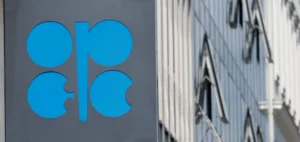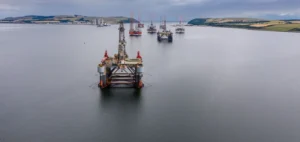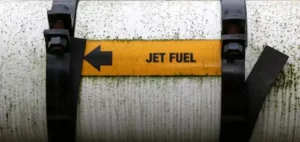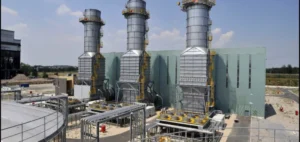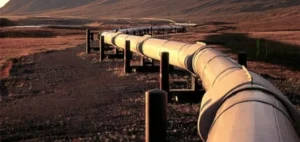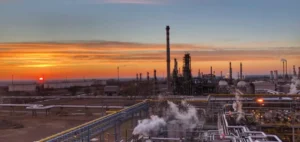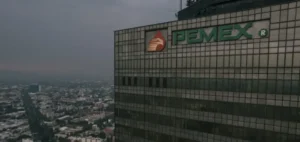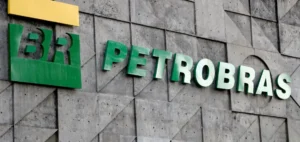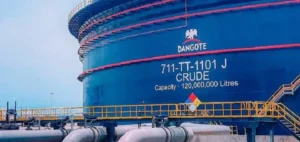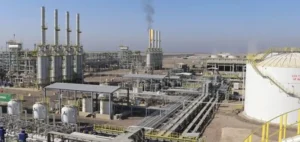The International Energy Agency(IEA) recently warned the oil market that the recent OPEC+ decision to cut production will lead to a deeper supply deficit in the second half of 2023. This could lead to higher oil prices, especially as China’s economic recovery continues to drive growth.
Potential supply deficit of 2 million barrels per day in 2023
The IEA’s latest monthly oil market report reveals that voluntary cuts by OPEC+ could reduce production by 1.4 million barrels per day from March through the end of the year, in addition to the 500,000 barrel per day cut in Russian production that has been extended through 2023. This could lead to a potential supply deficit of up to 2 million barrels per day in the second half of 2023.
The North Sea benchmark Dated Brent has already seen a price increase from an average of $78.56/b in March to $87.87/b on April 13. While OPEC+ may have been motivated to halt the fall in global oil prices due to concerns about inflation and higher interest rates, the IEA noted that rising global oil inventories earlier this year may also have contributed to OPEC+’s decision.
Oil market will continue to face challenges, says IEA report
The IEA report also highlights the impact of China’s economic recovery on global oil demand, estimating that it will increase by 2 million barrels per day in 2023, averaging a record 101.9 million barrels per day. The majority of demand gains in early 2023 will come from China and other non-OECD countries, which will account for nearly 90 percent of the total increase in demand.
On the supply side, the IEA notes that Russian crude oil production fell by 290,000 barrels per day in March, missing Moscow’s target reduction of 500,000 barrels per day. However, total Russian oil exports in March reached their highest level since April 2020, thanks to an increase in product flows. The IEA also raised its estimate for non-OPEC supply in 2023, primarily reflecting U.S. production, which is expected to grow by 990,000 barrels per day this year to a total of 18.8 million barrels per day.
Overall, the IEA report indicates that the oil market will continue to face challenges in the coming months, with the potential for a significant supply deficit.




